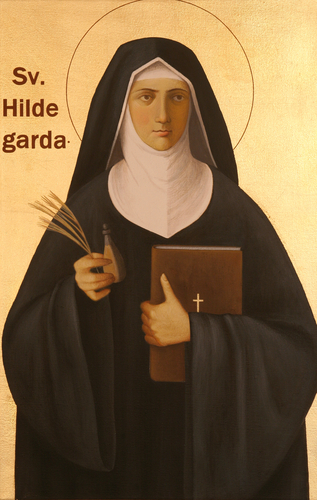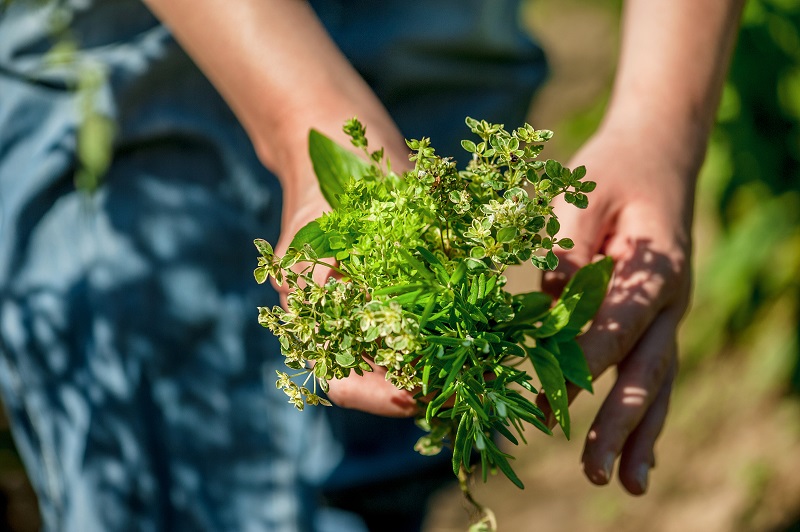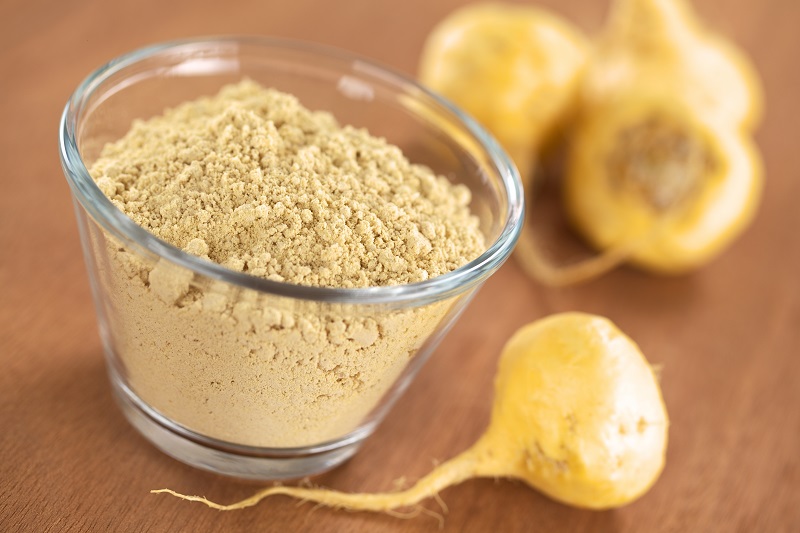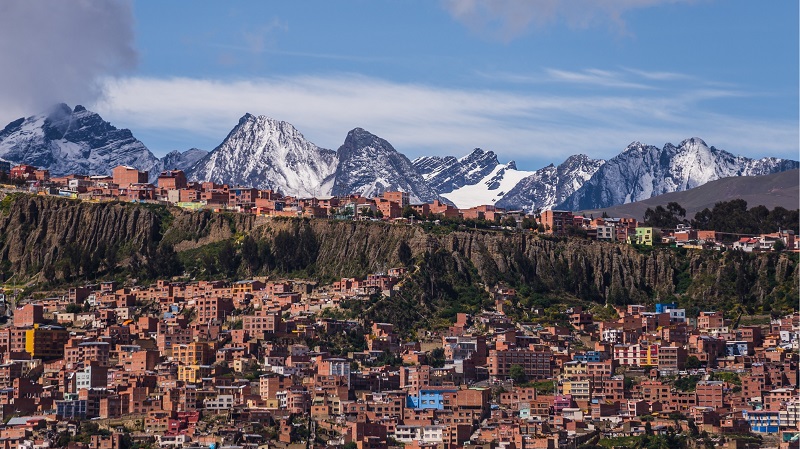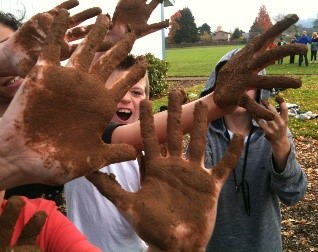Historical Herbalist: Hildegard of Bingen
Introduction
Hildegard’s Herbalism
In her late 50s, Hildegard wrote in her book Liber Subtilatum that the natural world exists in harmony with humans. Likewise, according to Hildegard, while humans care for nature, nature cares for humans.1 In fact, Liber Subtilatum was one of 9 books that she wrote throughout her life. Notably, they are the first books on herbs and medicine written by a woman. Furthermore, these works are the foundation of medieval medical treatments.3 In her last two books, she recorded over 280 plants and their healing uses.2
Lasting Impacts
In her lifetime, Hildegard was regarded as a saint.2 However, the Church initiated the formal process close to 50 years after her death in 1228. After 3 attempts, the Church formally named her a saint and Doctor of the Church in 2012.1 She is the 4th woman to receive this title from the Church. Similar to Artemesia II of Caria, there is a plant genus named after Hildegard: Hildegardia.4 In addition to her contributions to medicine, she also wrote over 77 songs,5 many of which have inspired modern music.4
Sources
1 – Hildegard of Bingen – Ancient History Encyclopedia
2 – Hildegard of Bingen Biography – Healthy Hildegard
3 – Traditional German Herbal Medicine – Healthy Hildegard

